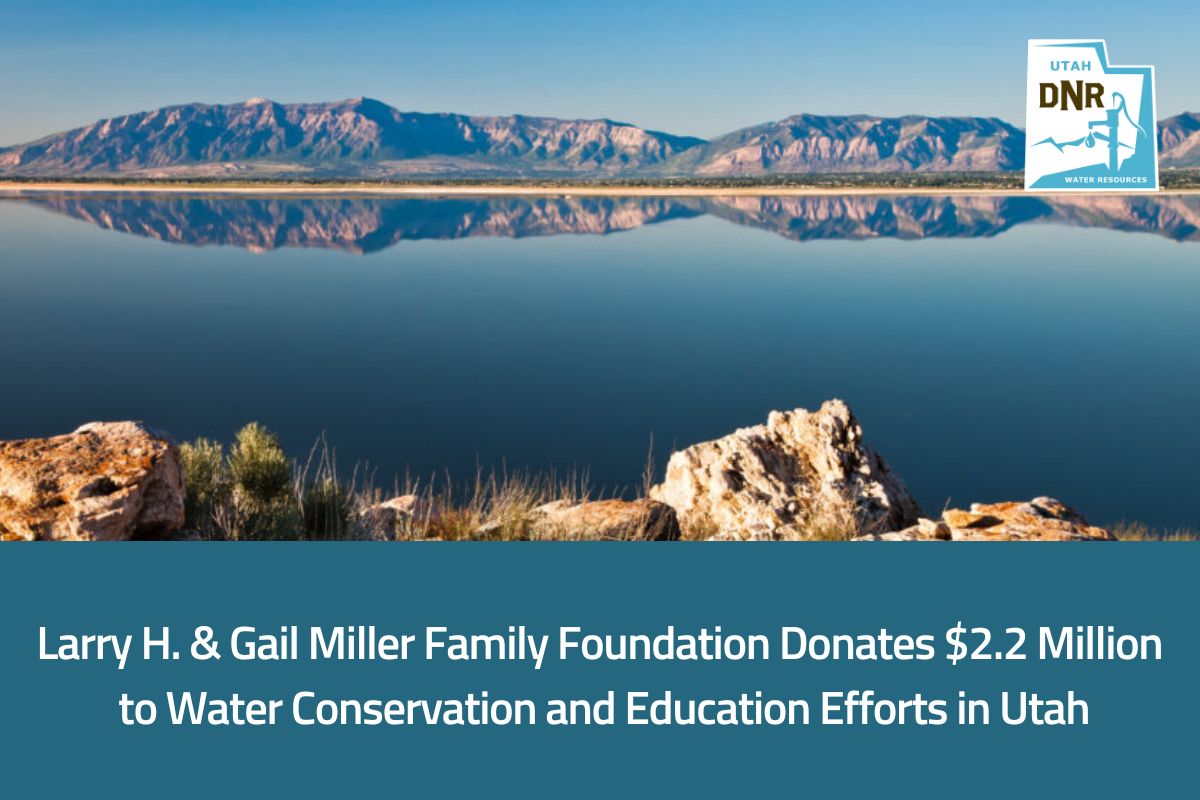The Larry H. & Gail Miller Family Foundation donated $2.2 million to the Antelope Island Learning Center and Utah Water Ways for Utah’s water conservation and educational outreach efforts.
Funding for the Antelope Island Learning Center will be routed through the Max McGraw Wildlife Foundation. The Max McGraw Wildlife Foundation is the nation’s leading advocate for entrepreneurial thought in conservation and will create an educational curriculum for the Antelope Island Learning Center.
(more…)









